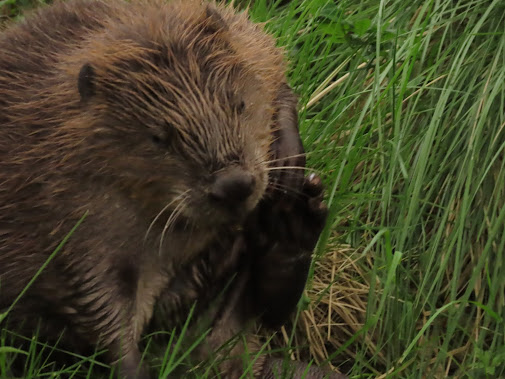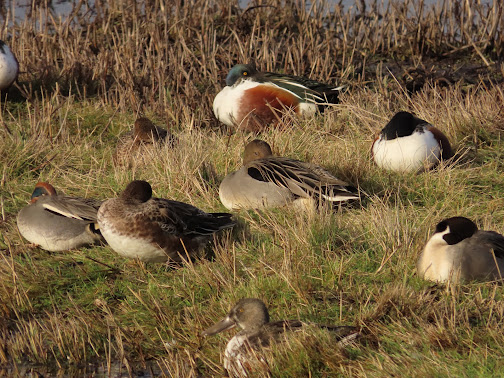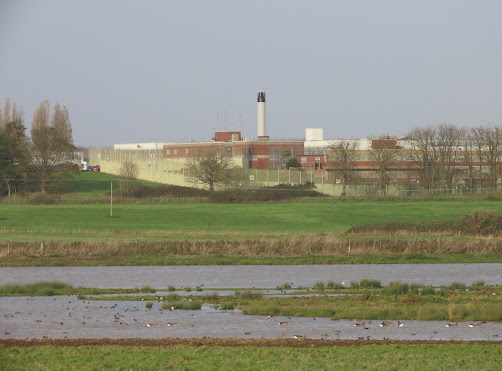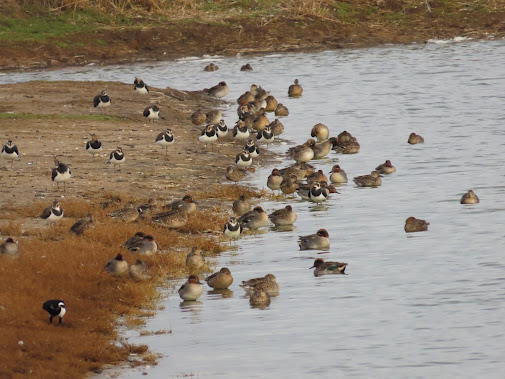Around ten years ago an unlikely creature turned up on the river Tay in Scotland. No one knew where they came from, whether they were released or escapees, it remains a mystery. Of course the creature we're talking about is the beaver. Extinct in this country for four hundred years, these animals have made a welcome come back. Easily dove tailing into a landscape that desperately needed them, they are now thankfully classed as fully wild and protected.
In mid May 2023 I took a week long holiday at Aberfeldy in Perthshire, Scotland. Walking the local area, the beavers were much in evidence. They had taken up residence in a deserted golf course across the river from Aberfeldy. This was pretty much a public park, used by joggers and dog walkers, yet the beavers were fine with it. They had taken to living in a ditch that branched off from the main river. Little dams had been constructed holding the water back, creating little reservoirs, and the local trees had been gnawed by their legendary teeth.
On the first night I got a good view of a beaver as it came up from the main river onto a dam, and then dived into the ditch where I lost it in the stagnant water. For the next couple of days I would again catch brief views, usually ended by a big splash as the animals escaped from me. It was becoming one of those ones where I came so close, yet unable to get a decent photo...
And so it came to the last night and it was a case of getting photo or going back home with nothing. It was 19:00 hours when I wandered down to the deserted golf course to look for the beavers. Creeping round their homely ditch, I took steps with great care trying not to disturb any beavers in the area. Finally I caught sight of one in the water, top part exposed. It swam down the ditch, and I cautiously followed. Tree branches got in the way of the camera and I couldn't get a decent shot. The beaver swam on, occasionally diving, so often I had to guess its position underwater by the trail of bubbles.
I think the beaver got used to my presence as eventually it got out of the water, and started gnawing on some tree. Again I didn't get good enough views as the area was fairly overgrown. The beaver would carry on like this, going in and out of the water, plodding along. And I followed, desperate for a photo but not wanting to scare the animal. Time wore on and I was wondering if it just wasn't my day, when suddenly the beaver climbed up the bank, across the ditch from me, and I had a clear shot! For several minutes the beaver posed, completely aware of my presence, yet deciding I was safe. I got some good photos, and actual proof I had seen a beaver, which is all I wanted.
In a world as naturally sterile as the UK, we may think that there isn't the space for animals like beavers. Yet the repopulation of our rivers by them proves there is a lot of room for these larger animals in our countryside. They are such popular animals, an animal that is known by most people, and may inspire people to take a greater interest in nature. And for me it was a memorable way to spend the evenings of my holiday in Scotland.

































